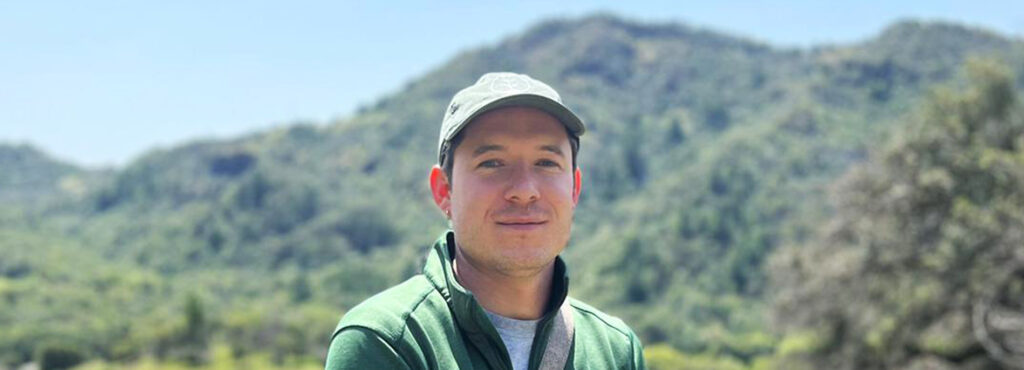Glasses Direct have recently partnered with the environmental charity, One Tree Planted. We were keen to know more about this organisation and its mission to restore forests across the globe. To get an insight into the work that the charity undertakes, we spoke to Louis Lagoutte, Branch Manager at One Tree Planted.
Our partnership with the organisation is linked to the launch of our stylish, sustainable Arden range.

Tell us about yourself and your role at One Tree Planted
Louis: I work at One Tree Planted on a lot of the partnerships we have. So, we have partnerships with a very diverse range of brands and businesses. On the one side, we work with very large companies but then we also have partnerships with popular bands and sports teams. I work on these partnerships with all these different brands. I get to talk to a lot of different partners from all over the world which is very interesting and I’m helping them to have an impact by funding our restoration projects.
Explain to us what One Tree Planted does as an organisation
Louis: One Tree Planted is a non-profit charity with a very simple mission which is that we want to plant trees and restore ecosystems all over the world. So, when we’re planting trees it’s not just about putting a tree in the ground, any tree, anywhere. It’s really about looking at that local ecosystem, looking at all of the needs that it has, looking at the biodiversity benefits of the planting, the community benefits and making sure that all of the stakeholders on the ground are involved. We try to create job opportunities, we try to improve the local ecosystem and bring a balance and a benefit to all those involved.

What do you like most about working at One Tree Planted?
Louis: I enjoy most of all hearing about the different projects. Especially in the context of ecological restoration. So, for example we have a lot of mangrove projects and I really enjoy learning about those. I am going to go and visit a mangrove project we have in India next month which I’m excited about and just seeing the product of all of this work which is ecosystems and landscapes being restored, habitats being created and resilience being built up in these ecosystems.
Why is reforestation so important for the environment?
Louis: Reforestation is really important because first of all, forests are home to terrestrial biodiversity. A lot of the habitat loss that is happening is happening in forests. 80% of the animal extinctions which are happening are driven by habitat loss. So, forests are being destroyed but they are also home to the most animal life.
The important part of reforesting is restoring habitat biodiversity for all of these animals that are endangered. Another big part of it is for the different benefits, so for example there is a large carbon benefit. We know that there is too much carbon in the atmosphere and trees can play a very important role in sequestering that.
Then there are also benefits around water. So forests can help to slow down water, prevent flooding, get water down into the ground and build resilience in that way. Forests are also good for the health of people when it comes to going out and spending time in them. There is also a strong community impact as well. Guiding our principles of why this is important we have six pillars.
Here are the six pillars Louis mentions that explain why trees are vital to the environment and which guide the charity on its mission:
Biodiversity: Trees create a habitat for many different species of mammals, plants, insects, moss and fungi.
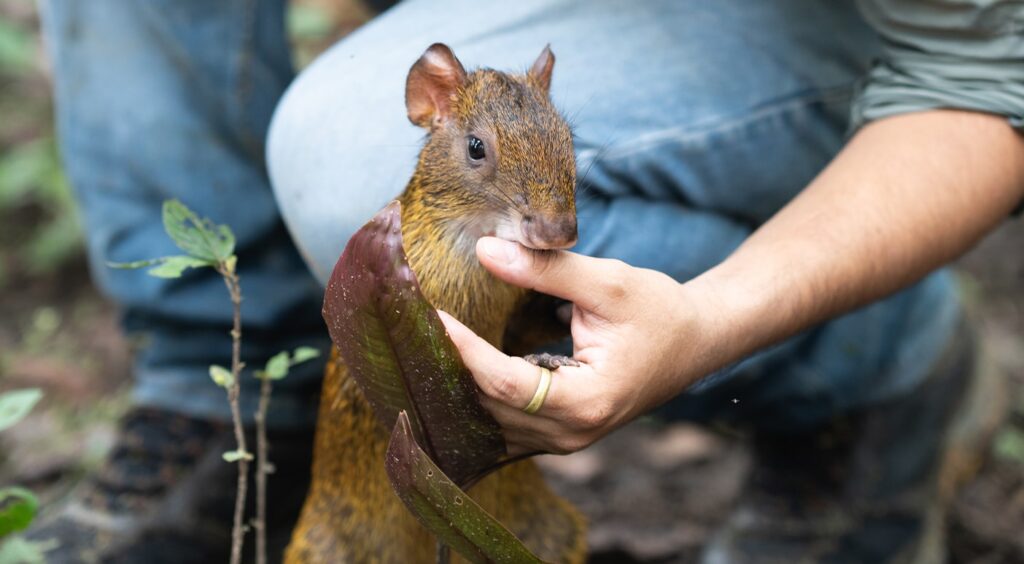
Social Impact: Jobs are created from the harvesting, management and research of trees. Trees can be used for food, shelter, furniture, firewood and more.
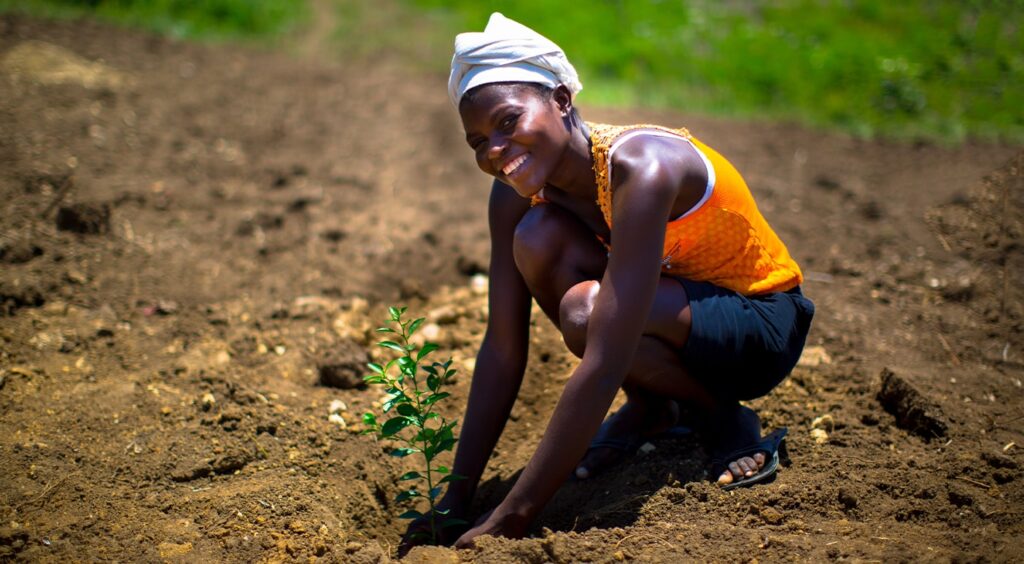
Water: Their root systems act like filters that remove pollutants and slow down ground absorption.
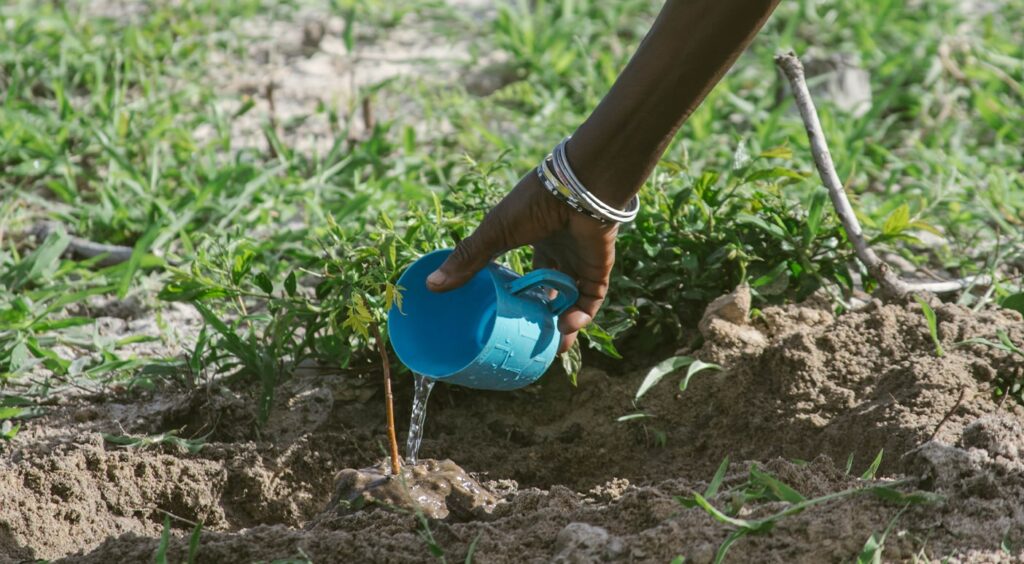
Climate: Trees take in and store harmful greenhouse gases like carbon dioxide into their trunks, branches and leaves — releasing oxygen back into the atmosphere.
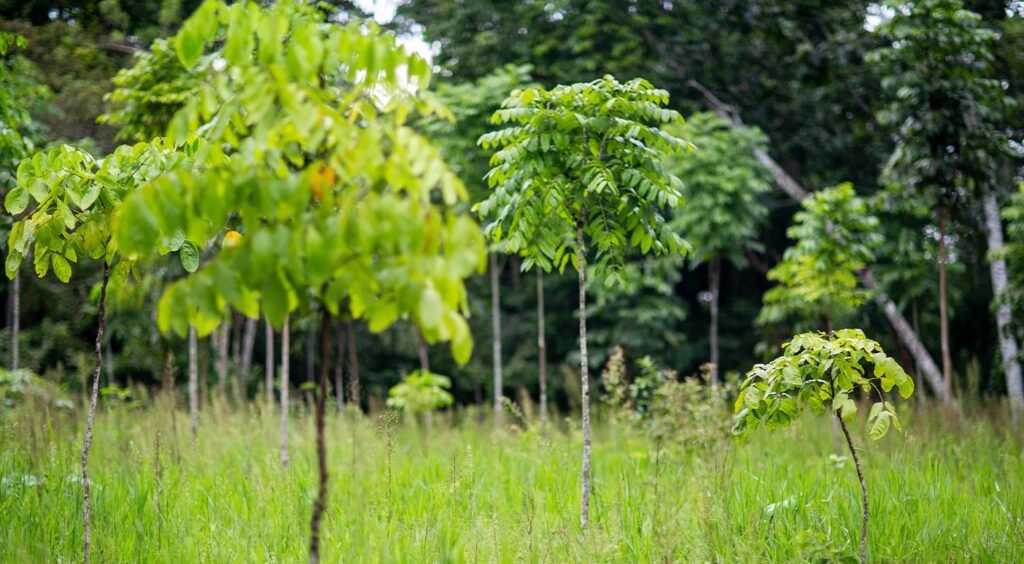
Health: Trees can reduce stress, anxiety and exposure to the sun. They enable us to reconnect with nature.
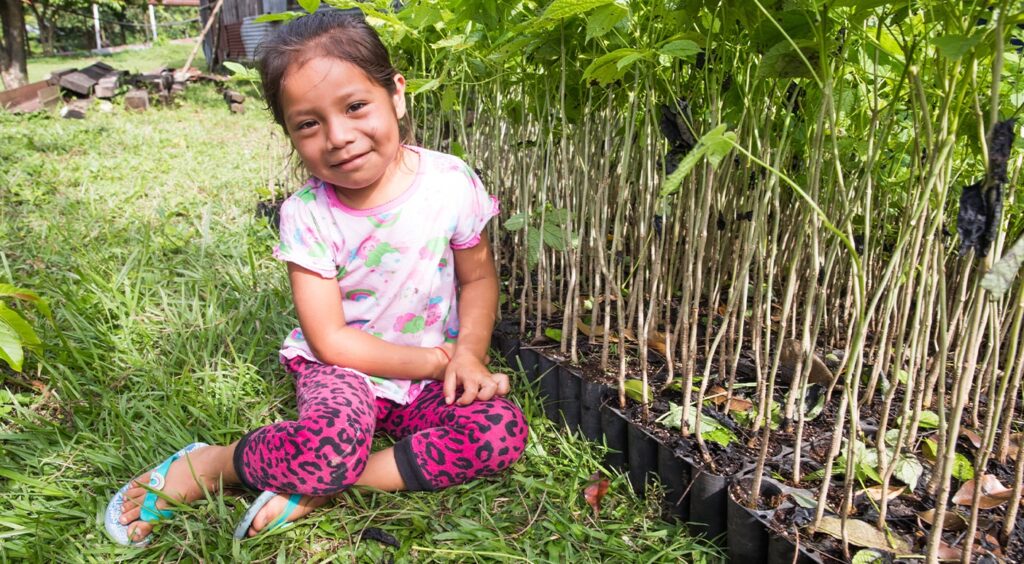
Air: Trees absorb harmful pollutants and release oxygen, cleaning the air we breathe.
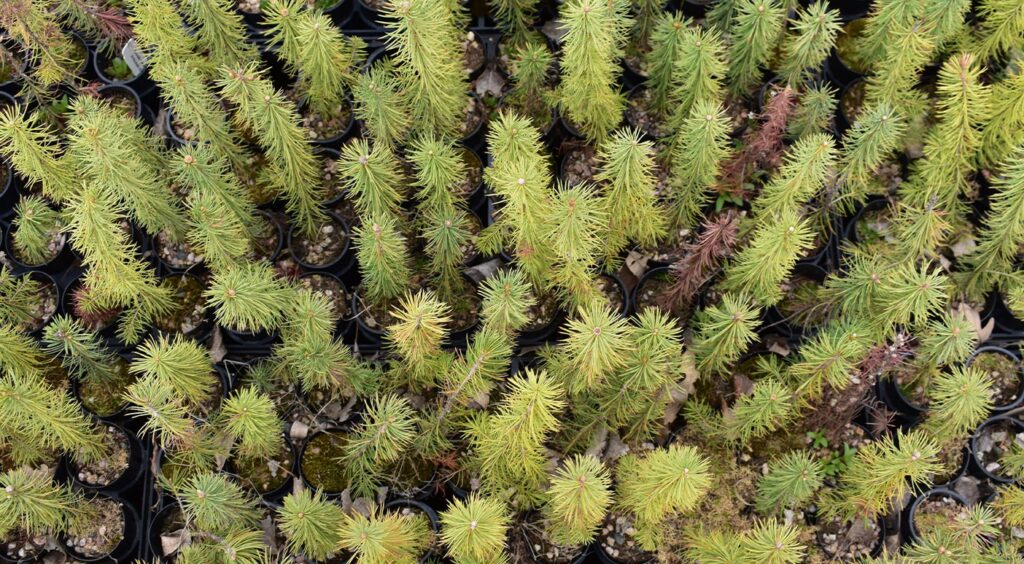
What benefit does tree planting have and how does it impact communities?
Louis explains the benefit of tree planting to communities, referencing sustainable agroforestry and the charity’s work with smallholder farmers. As a reliable climate change solution, agroforestry is an approach to land management that combines planting, cultivation and conservation of trees together with food crops and/or livestock farming. This is designed to benefit the farmers economically long-term and will provide ecological benefits for the nearby communities. The aim is to help empower smallholders by providing them with a source of food and a reliable income.
Louis: In lots of the projects we’re doing, for example in South America, we’re working with smallholder farmers that have their own smallholdings, usually a couple of acres each maybe, where they’re doing subsistence agriculture. By planting trees in these places, we could for example be planting species that will provide fruit or a form of income later down the road. Also, we plant species in what is called an agroforestry system and that will bring an economic benefit.
Forests can also help communities by doing things like reducing the risk of flooding, securing the water supply, by capturing water getting into the ground long term. Then, also often in a lot of the projects we have happening in India, we have nurseries where we’re growing saplings, we’re employing people who wouldn’t normally be in the workforce so it creates economic opportunities as well.
What is the ecological impact?
Louis: The main ecological impact is that restoring forests will capture a lot of CO2 because trees are very good at doing that. Beyond that though, there is a different localised benefit in each project, for example, in some projects these trees will maybe create a habitat for a particular species.
Or for example, if we’re planting mangrove trees, the ecological benefit of that is preventing coastal erosion but also mangrove forests create a kind of a nursery and a place where a lot of marine life develops and grows and are hidden from predators.
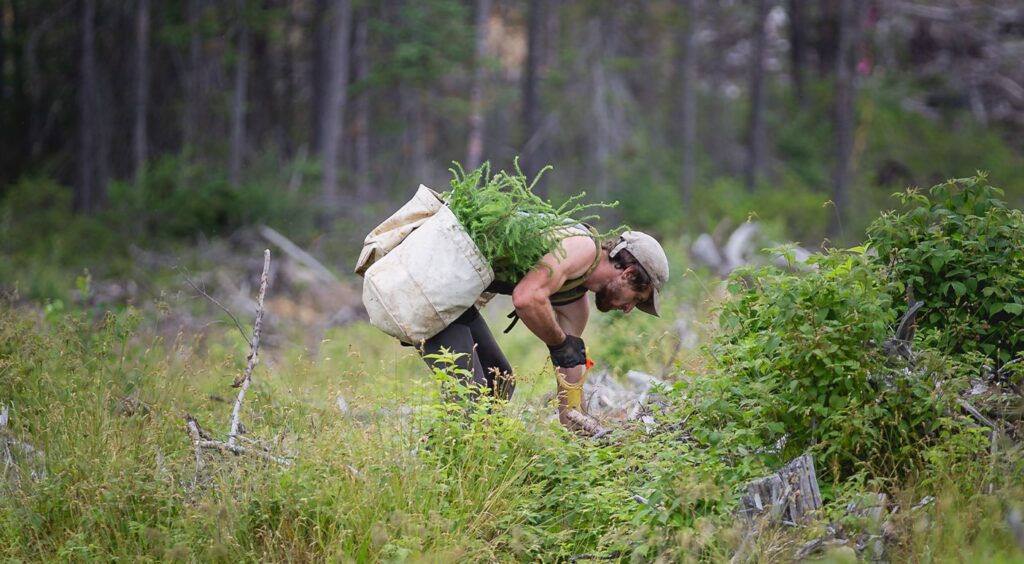
How planting trees helps killer whales
Louis: One interesting case study which shows an ecological impact is how in the Pacific Northwest of the United States, we are planting trees to help the orca population out at sea. It just goes to show how interconnected the ecosystems are because this orca population primarily eats salmon and the salmon populations have crashed due to the rivers being degraded and straightened out. So, planting trees along the river bank will hopefully restore the health of the rivers by lowering the water temperature and reducing pollution.
The trees will create shade allowing the water temperature to cool so that the salmon eggs can develop and hatch. The woody debris from the trees will provide a habitat for the insects that the salmon eat, whilst also giving the salmon somewhere to lay their eggs. This will help the salmon population to thrive and those salmon in turn, when they go out to sea, will then help to feed this orca population which has been struggling because of their very specific diets.
How many trees have been planted?
One Tree Planted is currently working with partners across 47 countries and has planted over 40 million trees. Since 2014, the organisation has more than doubled the number of trees planted every year. Glasses Direct asks Louis about the future of One Tree Planted and its vision for the upcoming year.
Louis: I think this year we’re probably going to be planting around 50 million trees. I think the 40 million number is to date but next year, we’ll probably be looking to increase that again. We’ve seen a lot of growth and we’re seeing a lot of opportunities come up.
In the future, we just want to keep restoring ecosystems and keep having that impact. We want to continue having great projects and making sure that when all this work is done, it’s done right. This is to ensure that all of the local communities can benefit. The projects are carried out with the utmost care and monitored well afterward. All the benefits are delivered to those who need them.

What are the benefits of sustainable eyewear?
Our recent partnership with One Tree Planted has meant that for every frame sold within our sustainable Arden collection, a tree will be planted. We ask Louis to explain to our customers what impact purchasing from this range could have and to explain the benefits of sustainable eyewear.
Louis: I think there’s a twofold impact. One of them is buying products that have less of a carbon footprint which you can tell by the nature of the product itself and by looking at what materials it is made of, the packaging, the footprint of the manufacturing and so on. It’s really good to buy sustainable products because they won’t create as much pollution when they’re being made, maybe the materials will be more reusable and there is more caretaking in the production.
On the other side, you have the extra benefit on top of that which is supporting reforestation and ecological restoration. I think that’s very important because when it comes to the state our planetary systems are in, it’s not just about reducing the harm that we’re doing to it when we create new things but it’s also about going out and actively restoring and repairing those systems.
Why is it good to buy products made with materials that are sustainable?
Louis: I think in general if you’re looking at materials and how products are made, avoiding anything which is creating a lot of pollution in its manufacturing process is a good place to start.
You’re also looking at materials that are being sourced responsibly. So if there is wood being used. Where is that wood coming from? Is it being sure that it’s not cutting down agroforest, that it’s sustainably sourced? There are a lot of benefits, as well. A lot of manufacturing creates pollution and waste, just avoiding that is important. I think also having high-quality items that don’t need to be replaced as frequently is also very important.
Is there anything you would like to add?
Louis: Just that, planting trees is not always beneficial if it’s not done right. What we’re doing is not just about planting trees, it’s about restoring ecosystems. That’s a very important takeaway from this.

